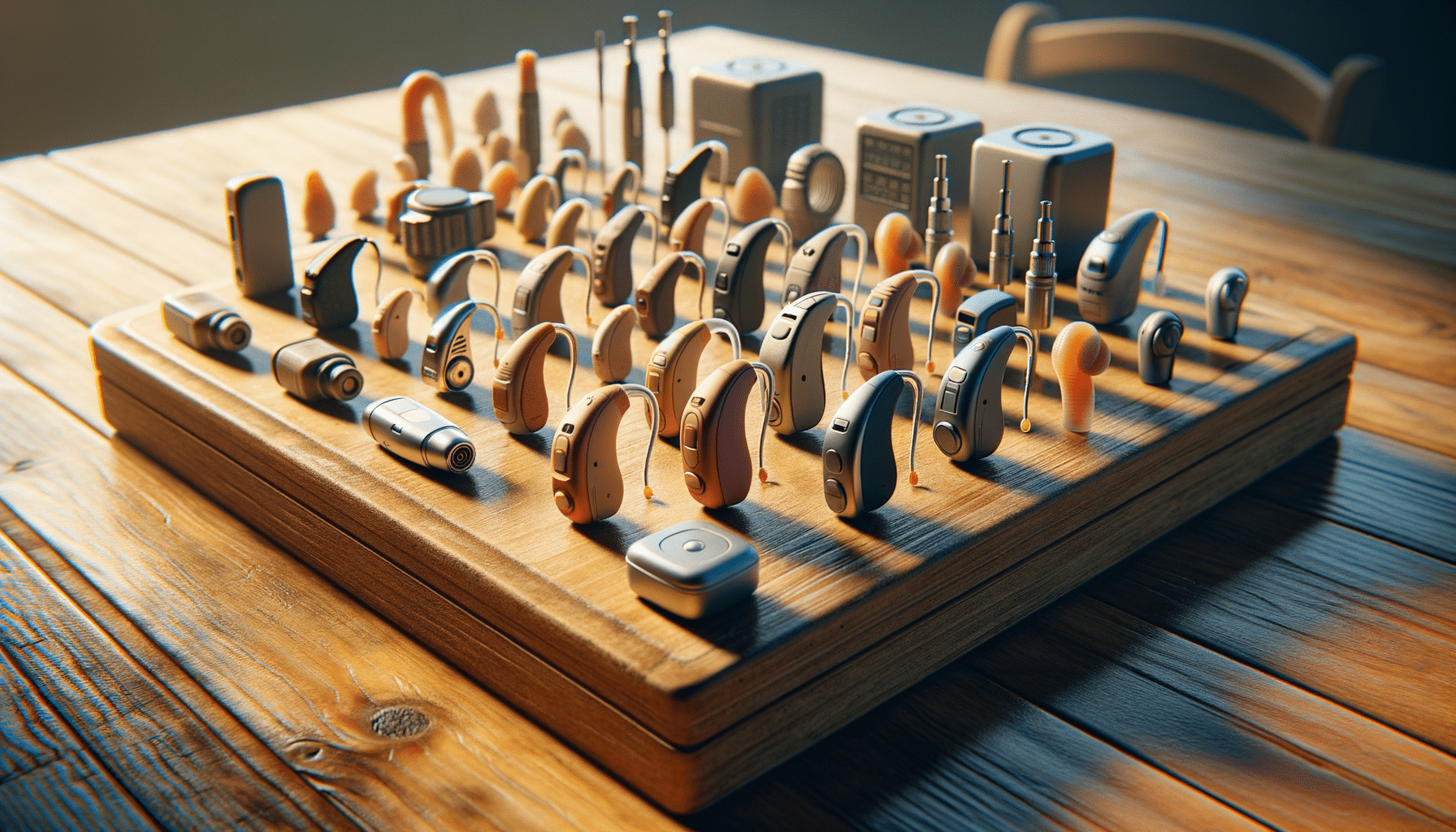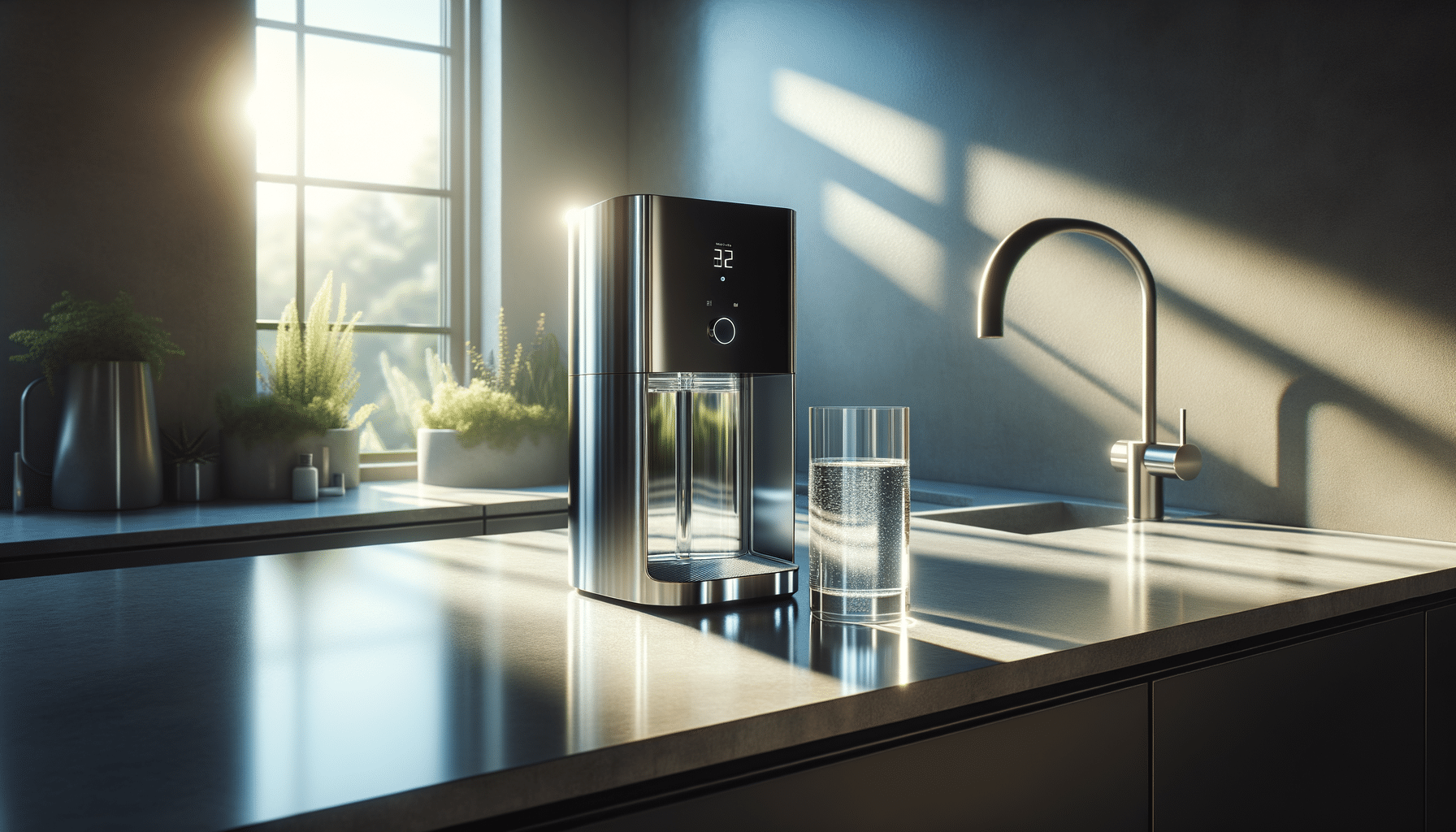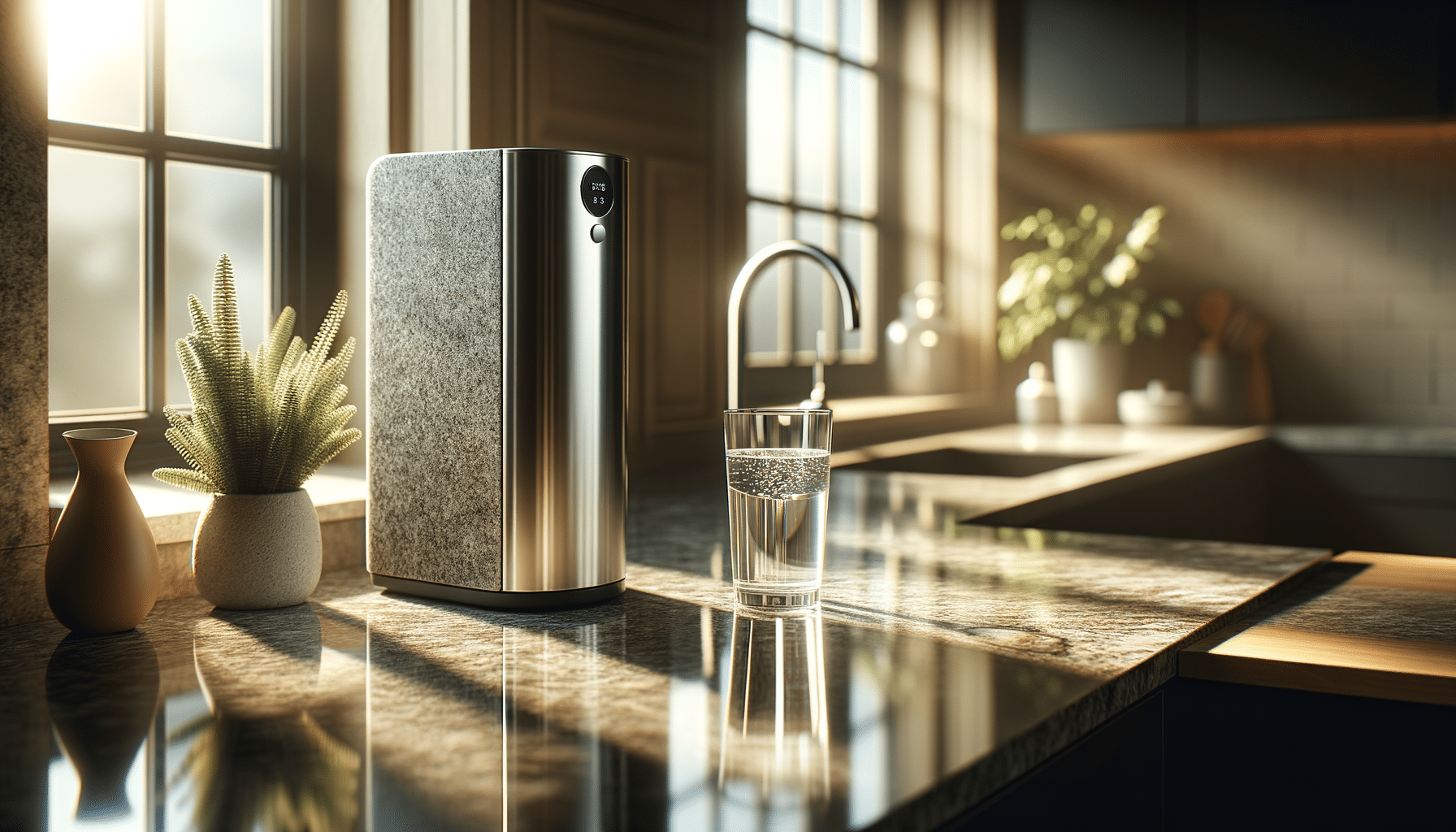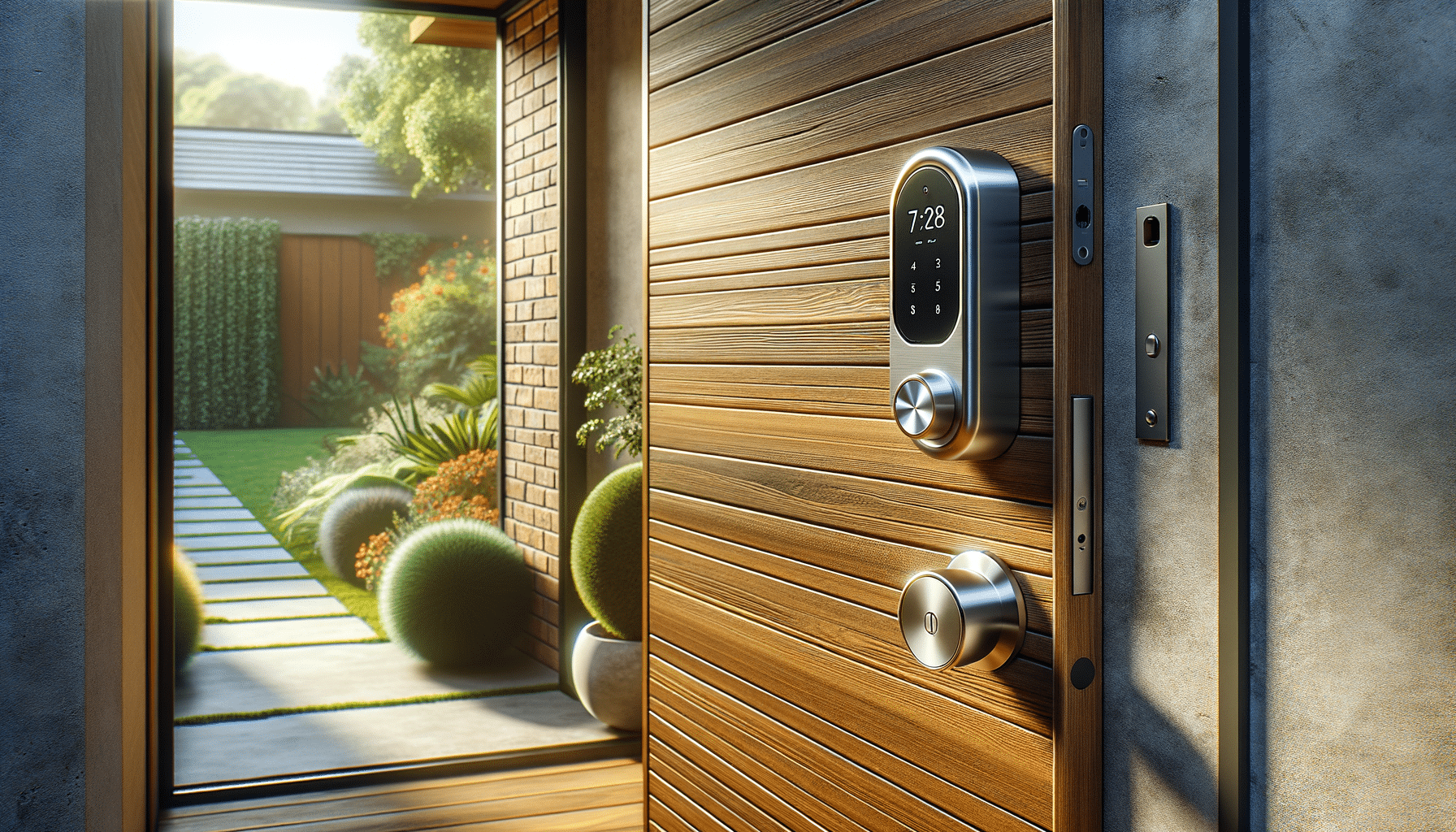
Understanding Hearing Aids: A Comprehensive Guide
Introduction to Hearing Aids
Hearing aids are essential devices that greatly enhance the quality of life for individuals with hearing impairments. They are small electronic devices worn in or behind the ear, designed to amplify sound for individuals who have difficulty hearing. With advancements in technology, hearing aids have become more effective, comfortable, and discreet. Understanding the various aspects of hearing aids can help users make informed decisions about their hearing health.
Types of Hearing Aids
Hearing aids come in various styles, each suited to different levels of hearing loss and personal preferences. The most common types include:
- Behind-the-Ear (BTE): These are worn over the ear and connected to an ear mold inside the ear canal. They are suitable for a wide range of hearing losses and often include features like Bluetooth connectivity.
- In-the-Ear (ITE): Custom-made to fit the outer ear, these aids are less visible than BTE models and are suitable for mild to severe hearing loss.
- In-the-Canal (ITC) and Completely-in-the-Canal (CIC): Smaller and more discreet, these fit partially or completely inside the ear canal and are ideal for mild to moderate hearing loss.
- Receiver-in-Canal (RIC): Similar to BTE, but with a receiver in the ear canal, providing a more natural sound quality.
Each type offers unique benefits and potential drawbacks, making it important to consult with a hearing care professional to find the best fit for one’s needs.
Technology and Features in Modern Hearing Aids
Modern hearing aids are equipped with a variety of advanced features that enhance their functionality and user experience. Key technological advancements include:
- Digital Signal Processing (DSP): This technology converts sound waves into digital signals, allowing for more precise sound amplification and filtering of background noise.
- Directional Microphones: These help focus on sounds coming from a specific direction, which is particularly useful in noisy environments.
- Bluetooth Connectivity: Many hearing aids now offer wireless connectivity to smartphones and other devices, allowing users to stream audio directly to their hearing aids.
- Rechargeable Batteries: Eliminates the need for regular battery changes, offering convenience and environmental benefits.
- Telecoils: These allow users to connect to induction loop systems in public places, such as theaters and airports, providing clearer sound.
These features work together to provide a more natural and comfortable listening experience, making hearing aids not only a tool for amplification but also a sophisticated piece of technology.
Choosing the Right Hearing Aid
Selecting the appropriate hearing aid involves considering several factors. It’s crucial to assess the level of hearing loss, lifestyle needs, and personal preferences. A hearing care professional can conduct a thorough hearing evaluation and recommend suitable options:
- Hearing Loss Level: Different aids are designed for varying levels of hearing loss, from mild to profound.
- Lifestyle Considerations: Active individuals may benefit from water-resistant models, while frequent phone users might prioritize Bluetooth connectivity.
- Budget: Hearing aids can range significantly in price, so understanding one’s budget helps narrow down the choices.
- Comfort and Fit: Comfort is key for consistent use, so trying different styles and fits is essential.
Ultimately, the right hearing aid should align with the user’s auditory needs, lifestyle, and budget, ensuring they enhance their quality of life.
Maintaining and Caring for Hearing Aids
Proper maintenance and care of hearing aids are vital for ensuring their longevity and performance. Here are some tips for keeping them in top condition:
- Regular Cleaning: Gently clean the hearing aids daily to remove earwax and debris, using a soft, dry cloth.
- Battery Care: For non-rechargeable models, replace batteries as needed and store spares in a cool, dry place.
- Moisture Protection: Keep hearing aids dry and use a dehumidifier to remove moisture overnight.
- Professional Check-Ups: Regular visits to a hearing care professional can help detect and resolve issues early.
By following these care tips, users can ensure their hearing aids remain effective, providing clear sound and reliable performance.
Conclusion: Enhancing Quality of Life with Hearing Aids
Hearing aids play a pivotal role in improving the quality of life for those with hearing impairments. By understanding the types, features, and proper care of hearing aids, users can make informed decisions that best suit their needs. These devices not only enhance hearing but also connect individuals with the world around them, fostering better communication and social interaction. As technology continues to evolve, hearing aids will become even more integral in supporting the hearing health of millions worldwide.


